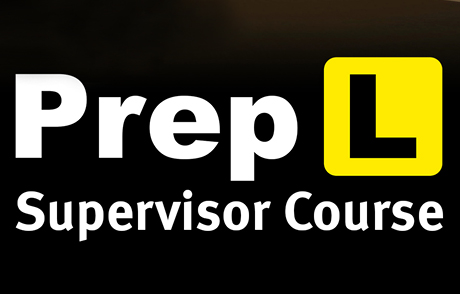
Are you teaching a learner driver?
The PrepL Supervisor Course includes guides and lesson plans which start with driving basics through to more complex driving situations. The course shows you how to deal with stressful situations and communicate with your learner driver. It also includes a video of how to develop your learner driver’s hazard perception skills. The course draws on the PrepL road rule information so you can refresh your road rules knowledge.
Check out PrepL Supervisor Course for more information.
Tips for your P-plater
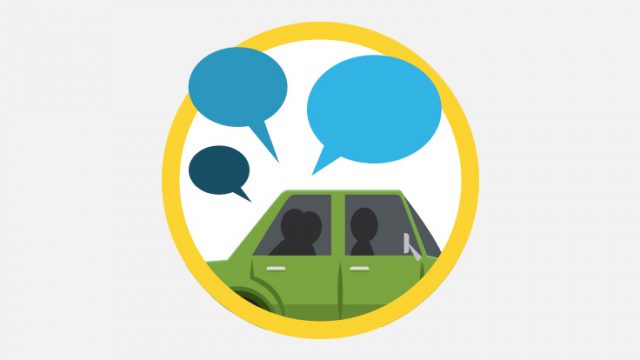
Noisy mates
If your P-plater is upfront about needing some quiet while driving, their friends are likely to listen. If they’re still having trouble focusing, they can delegate jobs to each passenger. One
can be in charge of directions and another can handle the driver’s phone. If their mates are focused on a task, they’re less likely to distract the driver.
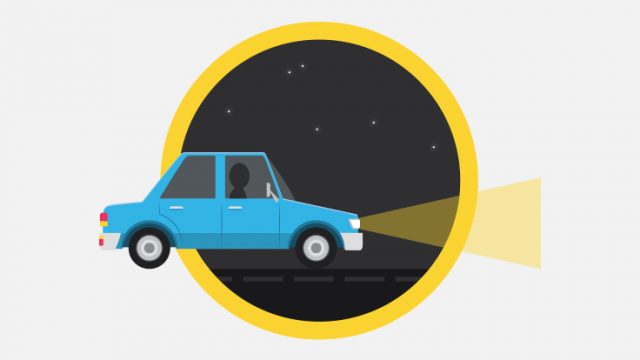
Night driving
Did you do a lot of night driving in that first 100 hours? You could always do a bit more together, because the later it gets, the riskier it becomes for P-platers. It’s also important for P-platers to know they can phone up for a lift if they’re feeling tired.
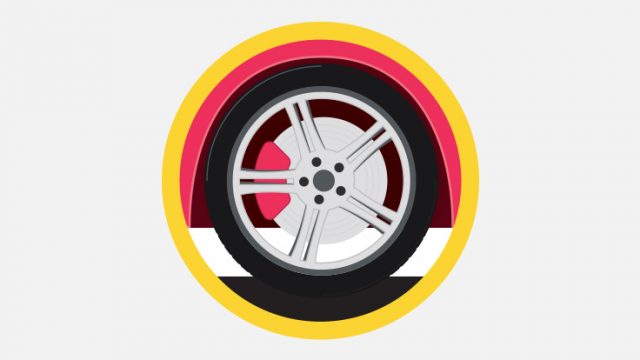
Hot wheels
Discuss the type of car your P-plater might want to buy. “Yes, that car does look cool, but let’s check its safety rating before we hit the car yards.” Find out about vehicle safety here. If it doesn’t have a four or five star UCSR rating, or important safety features like anti-lock braking systems, front, side, knee and curtain airbags, and stability control, it’s not worth the risk.
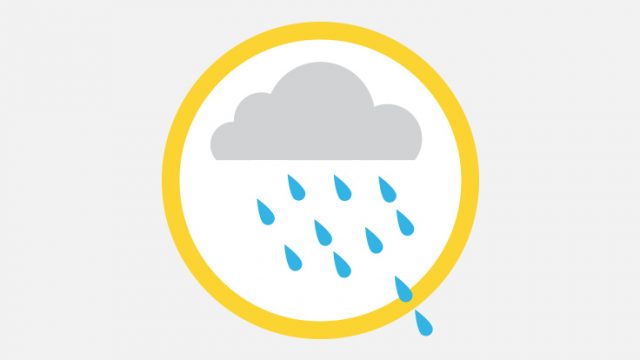
Rainy days
When you’re driving your P-plater in the rain, show that you’re slowing down and talk about why you’re leaving a bit of extra distance so you can react. It might also be a good opportunity to let them know it’s okay to pull over and wait for heavy rain to pass, instead of battling with the increased concentration required when driving in rain.

Be positive
Try to advise and encourage your P-plater, but avoid criticism. If you find these conversations difficult, don’t talk about their driving, talk about what other road users are doing. For example, “Look at that guy in the red car. He’s way too close to the car in front of him. He’ll never pull up in time if the traffic slows down in a hurry.” Also, remember to set a good example when you’re driving. Your child won’t believe what you’re saying if it’s different to what you do in the car.

Keeping to a zero BAC
Remember, Learner, P1 and P2 licence holders must have a blood alcohol level of 0.00 when driving. Talk to them about planning safe ways to get home before going out, so they’re not tempted to drink drive. Remind them alcohol may still be in their system the next morning after a night out. Chilling at a mate’s place, getting a cab or ride-share service or calling home for a lift are all better options than losing their licence, wrecking their car, hurting themselves or others.

Peer pressure
Help your P-plater to set some boundaries for when their friends tempt them to bend the rules. They just need to remind their mates that doing the wrong thing could cost them their licence. “I’ve worked way too hard to get my licence. I’m not going to throw it away with one silly mistake.”
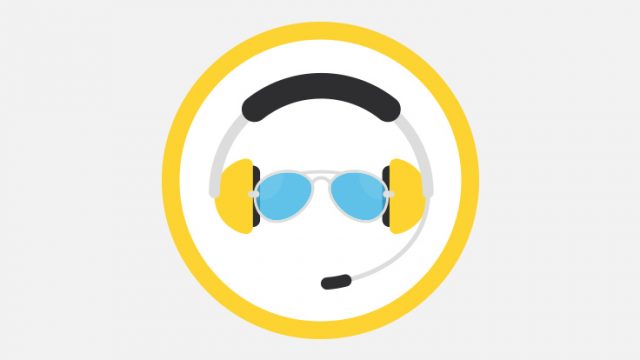
Be their co-pilot
When your L-plater is learning to drive, let them know that you’ll still be in the passenger seat from time to time after they get their Ps. This way they should be happy to accept you as their co-pilot while they continue to learn.
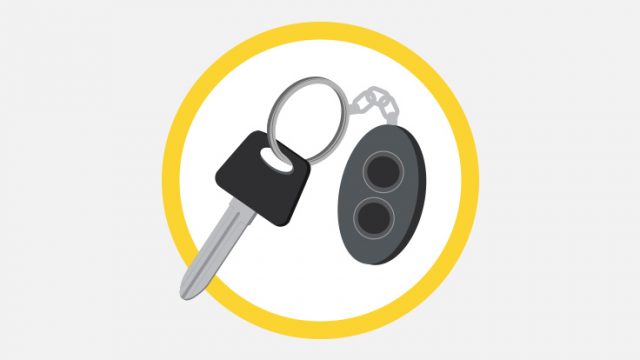
Key master
Sharing the family car with your P-Plater is a wonderful thing. Your young driver is much more likely to treat the car with respect and take extra care to drive safely while they build up their confidence and learn critical driving skills. And if you think they’ve overstepped the mark, remember you have the keys and you decide who gets access to them.
Where to next?
Explore these popular road safety topics on StreetSmarts.
